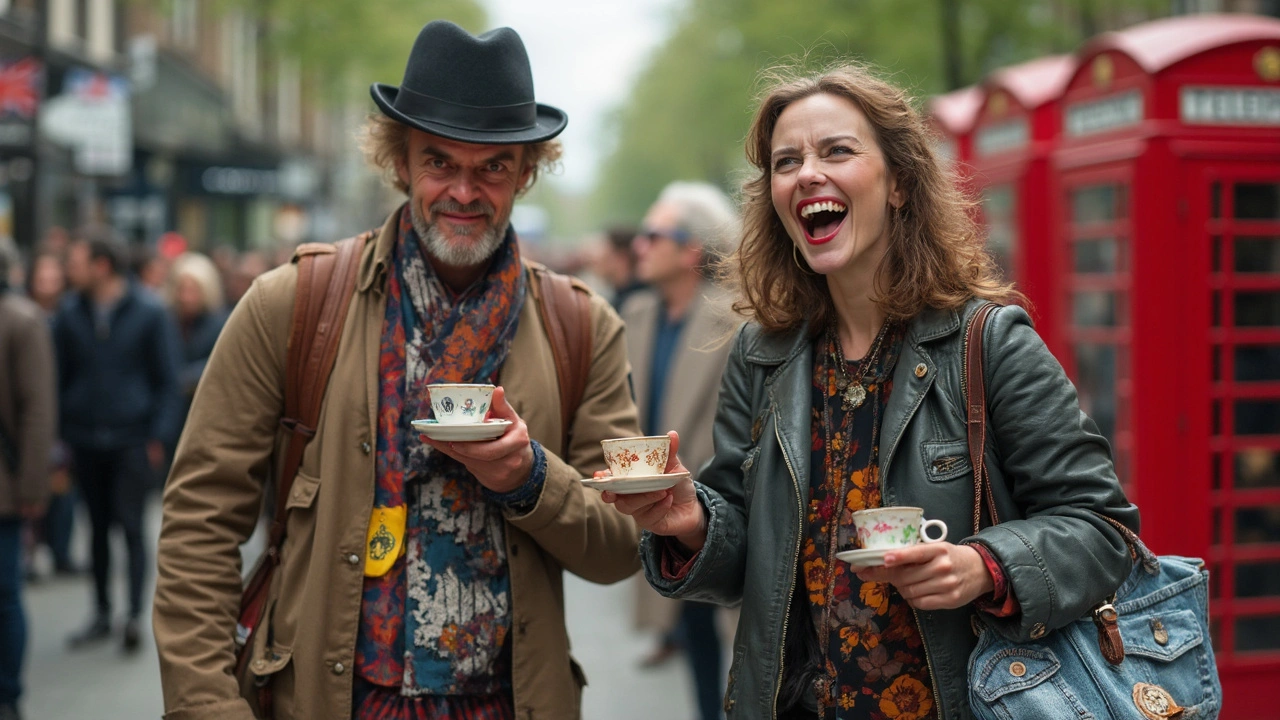Performance: What Performance Art Is and How to Experience It
A single performance can last minutes or days, and still stick in your head for years. Performance in art puts actions, bodies, and time at the center instead of paint or sculpture. It can be staged in a theater, dropped into a gallery, or sprung on a city street. The point is to use live presence to ask questions, stir feelings, or change how we see everyday life.
There are a few clear forms to know. Live action is what most people picture: an artist doing something in front of an audience. Participatory work invites the crowd to join — you might become part of the piece without meaning to. Durational pieces stretch over hours, days, or longer; they ask you to notice slow change. Performance often borrows props, sets, and sound, which is why it overlaps with installation and theater.
How performance links to other art
Performance sits next to movements like Fluxus, which broke rules and mixed music, theater, and daily life into playful or shocking acts. It also connects to installation art: a performance can activate a room, and an installation can become a setting for a live act. Avant-garde shows push boundaries, while traditions like ritual or street practice bring performance into public life. Knowing these links helps when you walk into a show — you can spot what the artist borrows from design, music, or civic space.
How to watch or make performance art
If you want to watch a performance and actually get something from it, try this. Read the program or artist statement first so you have context. Arrive early and find a spot that feels comfortable; performances often rely on where you stand. Turn off your phone or ask whether recording is allowed — many artists want presence, not cameras. If a work asks for participation, join in only if you want to. Quiet observation is also a valid choice.
Want to make a simple performance? Start small. Pick a clear action you can repeat, decide how long it runs, and where it should happen. Test it once with friends. Think about safety and consent if you involve others. Use everyday objects rather than costly props; surprising context often matters more than budget. Document the piece with photos or a short video so you can remember and share what happened.
Performance art can feel strange the first time. Try a short set at a local gallery or a community arts event before committing to a big public piece. Read artists and movements like Fluxus or installation practitioners to see how others use space and time. Then go see a live work and notice how your body and attention become part of the art. That shift is the whole point — performance asks you to be present.

